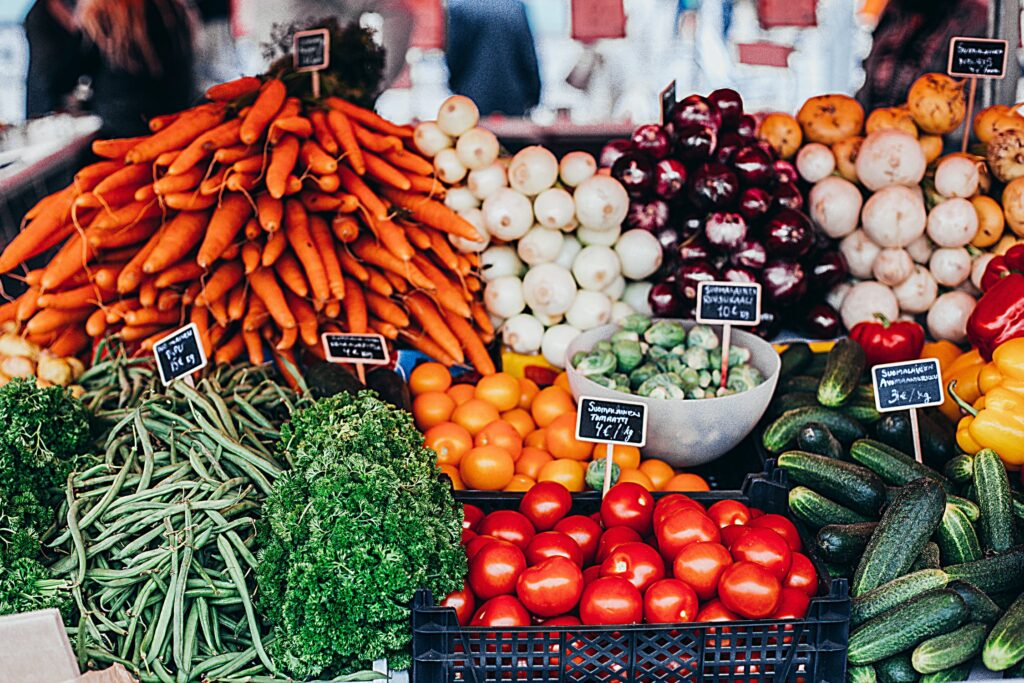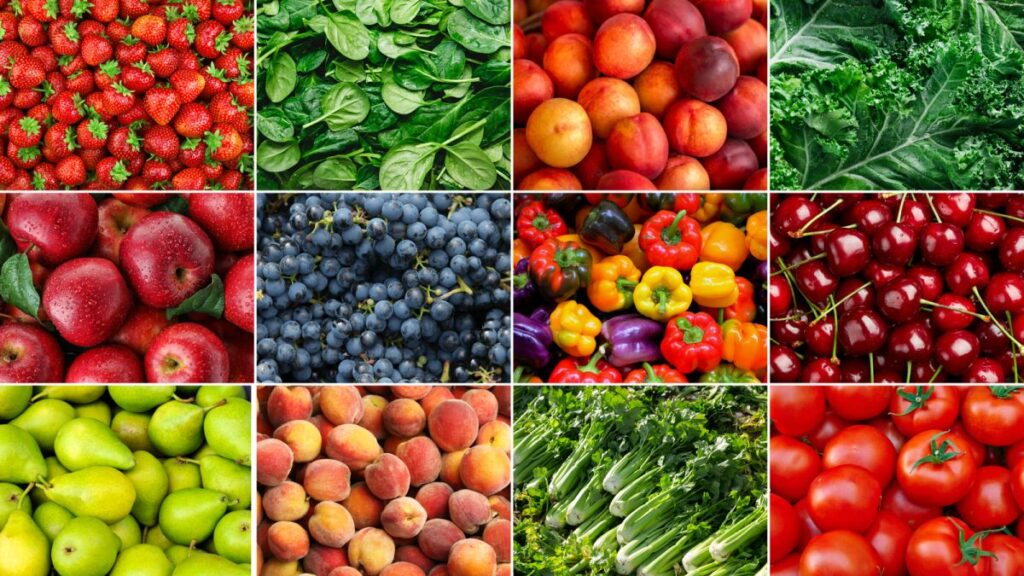
Why is eating healthy so expensive? Actually, eating healthy does not have to be expensive. I am going to share 10 tips to cut your grocery bill and improve the quality of what you eat.
ONE Meal prep. This is probably the most important tip. I fall into this trap myself; I go to the grocery store without a plan and end up purchasing more than I need. Plan your meals so you only purchase what you need. Also, use recipes that use the same ingredients. By doing this, the leftovers from one meal become part of the next. Those left over veggies became part of tomorrow’s soup or casserole.
TWO Focus on fresh food. Processed foods are more expensive. For example when you purchased prepared frozen meals or meal prep kits they are more expensive than making your own meal from scratch. Another example, is cereal boxes versus old fashioned oats. The other benefit is freshly prepared food is better for you. Processed foods are filled with sugar, fat and salt and they lack fiber. If you stick to the perimeter of the store, you are less likely to be tempted by the processed foods.
THREE Buy fruits and vegetables that are in season. When you purchase things that are not in season, they travel a long distance which incurs additional costs. In addition, those items are picked before they are ripe so they don’t taste as good. Farmer’s markets are great option for in season produce (see last weeks blog).

FOUR Only buy organic when necessary. The foods that are more likely to be higher in pesticides are a good option for organic. You can use the Dirty Dozen List by the Environmental Working Group to determine which fruits and vegetables are highest in pesticides (https://www.ewg.org/foodnews/dirty-dozen.php). They update the list every year.
FIVE Purchase frozen fruits and vegetables. Frozen tends to be less expensive and it is just as good. The fruits and vegetables are fresh frozen so they are at the peak of ripeness. I make sure to stock up on my favorites when they are on sale so I have them on hand. I use frozen berries almost every day in my smoothies and baked goods.
SIX Focus on filling your pantry with dry goods which you can purchase in bulk. Beans, legumes, grains, nuts and seeds. Whole grains are nutritious and filling and they are an important source of fiber which supports a healthy microbiome.
SEVEN Avoid wasting money on “superfoods.” Increasing your intake of fruits and vegetables is the most important step. There is not a lot of data to support purchasing superfoods over simply improving the quality of your overall diet.
EIGHT Avoid food waste by keeping track of which veggies and fruits last the longest and using them in the proper order. I buy a variety when I am shopping for the week. For example. kale and other heartier greens last longer than tender young greens. It also helps if you arrange your refrigerator with this in mind. I usually keep fruit out so it is readily accessible for a snack. Again, much less expensive than processed snacks. In addition, storing them properly will improve their shelf life. For example, if you wash berries and dry them thoroughly and place them in a glass jar with a cover they will last longer.

NINE Grow your own fruits and veggies. I love growing tomatoes. You pick and eat them as they ripen so there is less food waste and they taste much better. Keep in mind you don’t need much space, a container is perfect. There are even indoor grow kits for herbs. In addition, many cities have community gardens where you can have a small plot of your own.
TEN Purchase less meat and animal products. In the United States, meat and dairy tend to be the largest part of the food budget. Focus on a more plant forward diet. Not only will you save money but you will improve your health.


